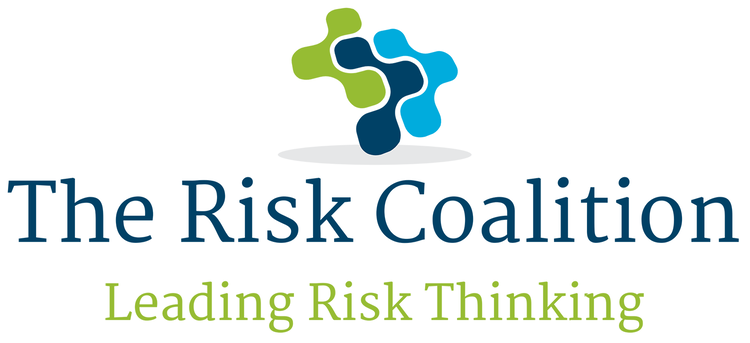Risk professionals fully understand that in business the delivery of sustainable stakeholder value requires a balance between the focus on value creation and the focus on value preservation. This logical duality can be equated to the notion of offense and defense in the sporting context. In theory, most rational businesspeople also intuitively understand these two complementary obligations. In practice, however, there is often a significant boardroom imbalance between the focus on these two imperatives resulting in a value preservation deficit.
Historically, organisations have explicitly addressed the value creation imperative at a strategic level through their company purpose, vision, mission statement, corporate strategy, and business model. The value preservation imperative however while perhaps sometimes implied has rarely been explicitly addressed in the same manner at a strategic level. Risk professionals can appreciate that this has had a profound impact both on corporate culture and resulting corporate behaviour.
If history teaches us anything it is that corporate boardroom priorities need to be explicit in nature. Company priorities begin at the boardroom and cascade right down through the organisation all the way to the front lines. The difference between explicitly addressing a company’s value creation obligation and implicitly addressing its value preservation obligation is significant and its impact has already been considerable. Consequently, value creation is considered a priority and tends to be at the forefront of people’s minds when making decisions. Value preservation on the other hand is considered less of a priority and is often only addressed as an afterthought rather than part of the initial decision.
Such an approach unfortunately highlights a certain lack of maturity in an organisation’s decision-making process. Not surprisingly, ongoing corporate failures and seemingly endless corporate scandals continue to highlight and expose a lack of focus on value preservation, often to the detriment of society and our environment. Given the nature of risk in an increasingly uncertain world, prudence and common sense would suggest that it is imperative that all corporate decisions should give adequate consideration to both value creation and value preservation. This should apply to all decisions made at strategic, tactical, and operational levels.
Recent Developments
In a response to this predicament certain progressive governance bodies have in recent times begun to address this elephant in the room. For the first time, these organisations are now explicitly acknowledging the obligation to preserve stakeholder value as a primary purpose and a fiduciary duty.
My new paper Value Preservation Increasingly Acknowledged as Primary Purpose and Fiduciary Duty outlines twelve significant developments which have occurred in recent years as regulators, standard setters, and other governance bodies finally begin to include explicit references to the value preservation imperative. Board members and risk professionals need to be cognisant of how the boardroom obligation to preserve, protect, and defend stakeholder value against value erosion, reduction, and destruction could impact on their organisation.
Sean Lyons is an author, value preservation activist, and corporate defense pioneer. He is the author of the book Corporate Defense and the Value Preservation Imperative.

